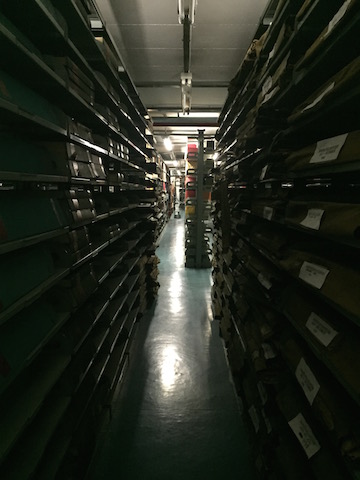Just One
Over the last few weeks, most of my work has primarily focused on the second case I am assisting our legal team argue in the High Court of South Africa. This particular case also involves the Truth and Reconciliation Commission (TRC); however, it focuses on the reparations that are owed to the many victims of human rights violations during apartheid.
You see, the TRC was created with the purpose of carrying out two tasks. The first was to hold amnesty hearings for those who have admitted to committing human rights violations, and to decide whether perpetrators should be granted amnesty or have charges brought against them. The second (and just as important) task was to create the criteria for victims of human rights violations to apply for reparations, and to provide recommendations to the South African government with regard to how to disperse those reparations. If granted, reparations would be paid out of the President’s Fund.
The President’s Fund consists of approximately R1.9 billion, which is about $150 million (USD). In 1998, the TRC submitted its recommendation to the South African government, detailing how reparations should be distributed. The TRC recommended that all victims of human rights abuses should be granted R21,000 annually for six consecutive years. After waiting 5 years to act, the South African government finally decided to release the funds. But instead of following the recommendations of the TRC, only a fraction of the victims received reparations.
Although the figures are a bit unclear, about 21,000 victims were recognized by the TRC as being eligible for reparations. Yet, only 16,000 victims have received their funds, and those that received reparations were only granted an amount that was substantially less than what was recommended by the TRC. Instead of receiving R21,000 annually for six years, they only received one lump sum payment of R30,000. It is blatantly clear that this government is not determined to release the money designated for eligible victims of human rights violations.
One major issue with this process, which I have been working on, was the accessibility of the TRC and the exclusion of thousands of potential victims that would have been eligible for reparations. The official deadline for victims to apply for reparations was December 14th, 1997. However, the TRC and the South African Government made little to no effort to announce or advertise this deadline to the South African people. My organization estimates that almost 100,000 victims may have been excluded from this process.
To help make the argument that the TRC and the South African Government's inaction contributed to the ultimate exclusion of many victims from the reparation process, I was asked to visit the newspaper archives at the Johannesburg City Library to search through local newspaper outlets for announcements by the TRC that warned people about the December 14th deadline.

Please note that the Johannesburg City Library does NOT have an online database. As interesting as it was, this task took me weeks to complete! When I described to the librarian what I was looking for and asked if they had an online newspaper archive, he just laughed and took me to the basement.


After four weeks, 540 issues, and over 350,000 pages worth of newspapers, I only found ONE official announcement about the December 14th deadline. Just one.